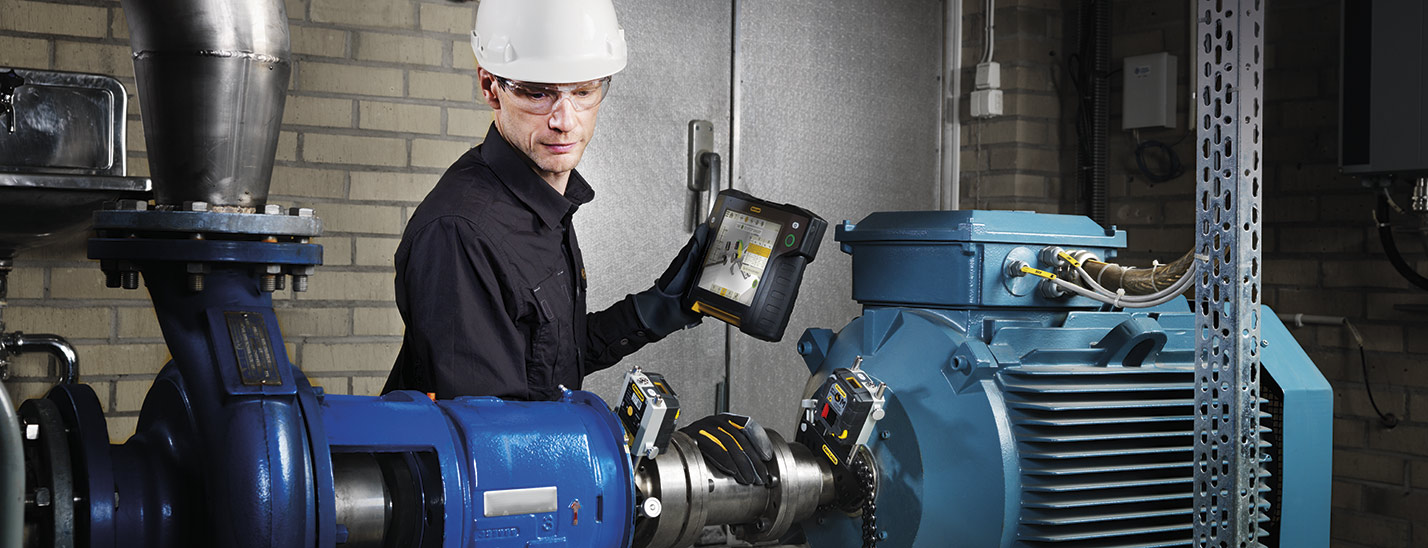
Importance Of Shaft Alignment: Parallel & Angular Pump Alignment
Well-lubricated and properly aligned machinery are integral to the smooth running and continual functioning of your equipment and overall facility. Shaft alignment of rotating equipment is particularly important, as the unnecessary stress produced by misalignment will cause unexpected and costly downtime.
Poor vertical and horizontal pump alignment damages your equipment’s seals and couplings, which have been proven to cause lubricant leakages and consumption problems. Although you may think replacing the seals is a more affordable fix, seal failure, and lubricant loss is inevitable without addressing the cause.
Before we delve into vertical and horizontal pump shaft misalignment, let’s take a look at the problems caused by misalignment:
- Increased vibration and noise
- Premature coupling, shaft, and foundation bolt failure
- Excessive and costly seal lubricant leakage
- Premature failure of bearings and seals caused by excessive wear
- Increased friction which causes excessive wear, energy consumption, and possible premature equipment failure
To prevent these issues and make sure your equipment is running at peak efficiency, it is recommended the pump shafts need to be aligned in horizontal and vertical planes using laser alignment equipment. When these shafts are misaligned, it can be due to parallel or angular misalignment – or likely a combination of both.
Parallel Misalignment
Parallel misalignment occurs when both shafts’ centerlines are parallel to one another in an offset way. It can be divided into poor vertical and horizontal pump shaft alignment.
Parallel Horizontal Pump Shaft Misalignment
In this case, your pump shafts are misaligned in the horizontal plane. The motor shaft has moved away from the pump shaft horizontally. However, both shafts are still operating in the same horizontal plane and are parallel.
Parallel Vertical Pump Shaft Misalignment
This refers to shaft misalignment in the vertical plane. Similarly, this means that the motor shaft has moved vertically away from the pump shaft, with both shafts operating parallel and on the vertical plane.
Angular Misalignment
Angular misalignment can also be divided into poor vertical and horizontal pump shaft alignment. This is when the motor shaft is at an angle with the pump shaft.
Angular Horizontal Pump Shaft Misalignment
Here, the motor shaft is operating at an angle to the pump shaft while operating in the same horizontal plane.
Angular Vertical Pump Shaft Misalignment
Again, your motor shaft and pump shaft are at an angle to one another and operating in the vertical plane.
Luckily, laser alignment systems are exceptionally effective in creating efficient and streamlined vertical and horizontal pump shaft alignment much faster than other standard systems. As the master distributor of Easy-Laser in Canada, our team at BENCHMARK PDM has the expertise you need to succeed!
Our lasers are state-of-the-art and designed to produce correct alignment as fast as possible to ensure business/plant continuity and unnecessary downtime. Essentially, a laser/detector (ie. measuring unit) mounts to one shaft while another measuring unit mounts to the other. Then, the detector of each unit and microprocessor uses this data to calculate the necessary movement and shim placement for the movable machine.
If you’d like to know more about shaft alignment, calibration, training, and machinery maintenance, visit our blog. Or, Contact us today for a quote on laser alignment system rentals or services!


0 comments
Write a comment